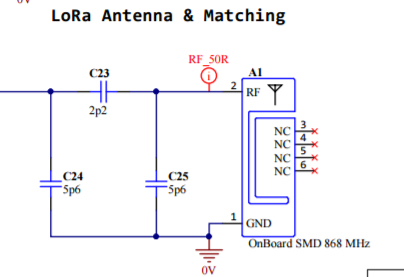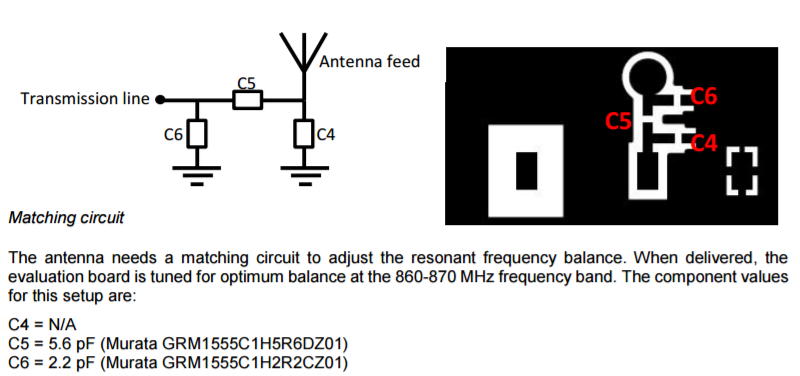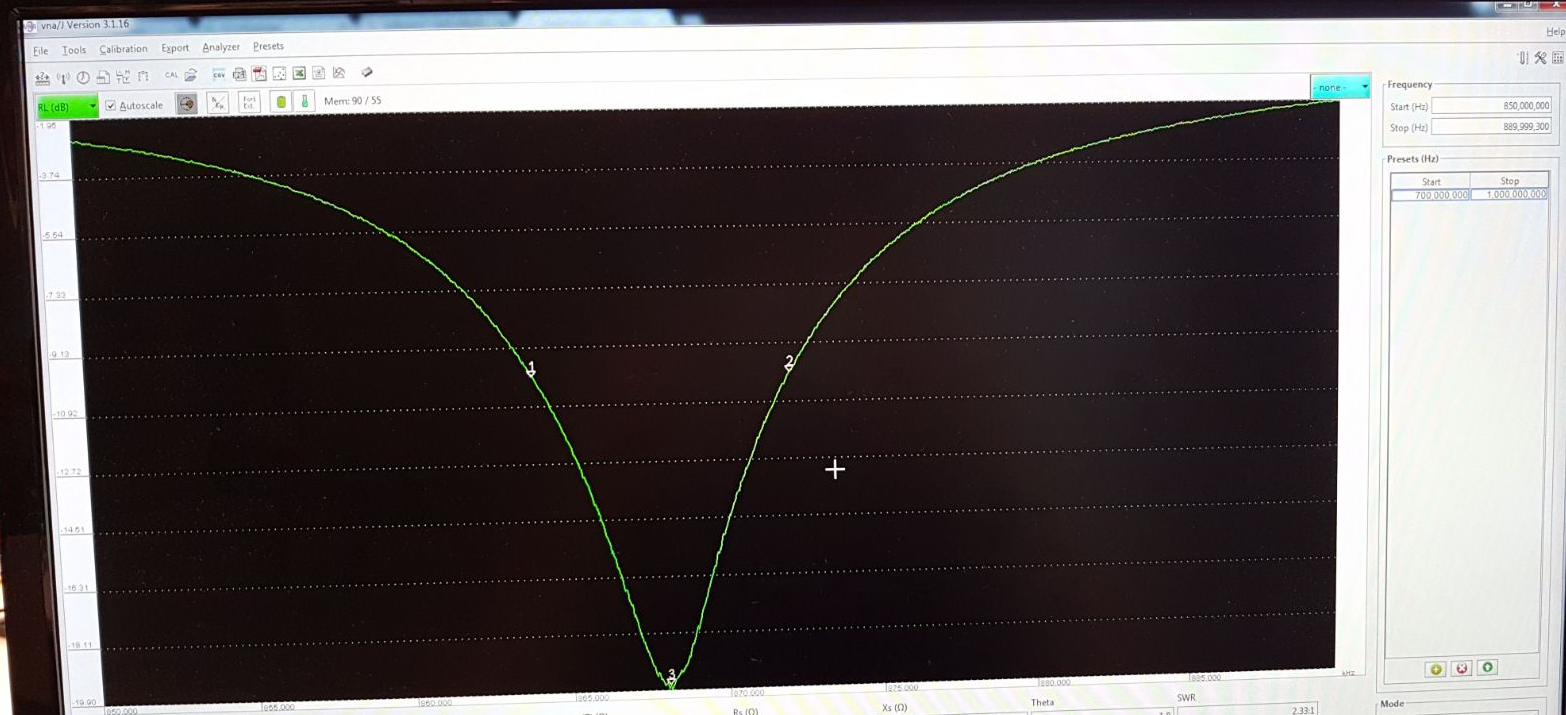The problem with the poor performance of the KISS LoRa is in a small but fatal design flaw.
If you look at the schematics you will see that a mistake was made with the antenna matching:

It seems the designer took the matching from the manufacturers application note:

After inspecting the board we see that contrary to what the schematics say, C25 (C4 in the application note) is indeed not placed (which is correct). But C24 (C6) should have been 2.2 pF instead of 5.6 pF and C23 (C5) should have been 5.6pF instead of 2.2pF.
This accidental swapping of the two capacitors leads to a return loss of around -1dB. This means that more than 90% of the energy sent to the antenna is not radiated but returned. This totally explains that only gateways that are really close by receive the data from the KISS Lora.
We tried swapping the two capacitors and that improved the output significantly (to around -4dB), but it could be a lot better. This is because the matching circuit in the application note was for a board with a size of 120x 50 mm.
Since the KISS LoRa is not exactly this size (and quite an odd shape …), antenna matching should have been done specifically for this board.
We didn’t spend all that much time on trying to match, but replacing C23 by an inductor of 10nH we managed to bring the loss at 868 MHz down to -12dB. This could even be improved further (we use the same antenna in our own designs at SODAQ and typically get it down to -20 dB (see picture below).

So the boards can easily be fixed (well for the ones that are comfortable soldering 0402 components).
Jan Willem Smeenk
Chief Tinkerer @ SODAQ
disclaimer: SODAQ has in no way been involved in the design and production of the KISS LoRa.